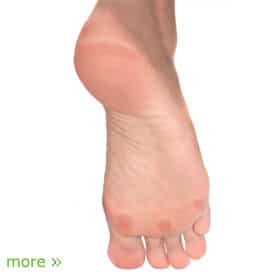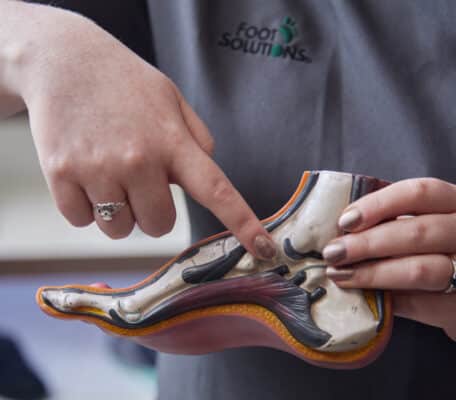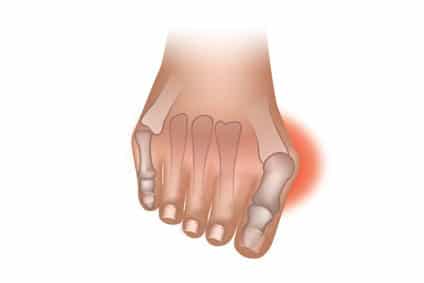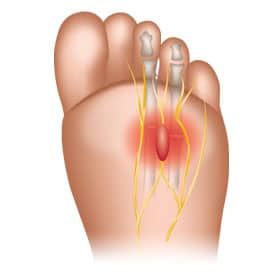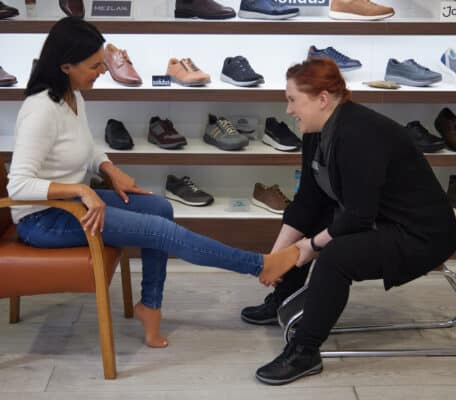Do you have calluses on your feet? Many people think that corns and calluses are the same thing, but they are different conditions and understanding them could help you to prevent them occurring.
A callus is a small area of compacted, dead skin cells that have thickened to protect the skin from damage or injury. Calluses are also known as tylomas or ketatomas, and are common in areas like the soles and balls of the feet. Corns, however, are smaller and have tougher centres, usually occurring on the sides of the feet or the toes, rather than the weight-bearing areas of the foot.
Why Do People Get Calluses?
Calluses are a bodily response to the problems caused by friction and weight, often developing from blisters. They are a part of the immune system of the body, which attempts to reduce pressure on the skin and shield it from damage.
Some calluses are caused by poorly fitted footwear that rubs against certain areas of skin, and others result from poor posture or injuries to the feet. Calluses make the skin tougher, so if you go barefoot a lot or do a great deal of exercise, you might welcome the harder skin that you develop as a result.
What To Do To Relieve Calluses
- Take notice. If you have a callus, your feet may feel uncomfortable, achey or painful. If this is interfering with your daily life, you may feel very frustrated. Try to locate the cause of your callus, whether this is poor footwear choices or an injury, and take steps to resolve this as soon as possible to relieve your pain and prevent further calluses from developing.
- Avoid infection. Calluses can make feet prone to infection, since the skin is more vulnerable. Take care to keep feet scrupulously clean, and do not wear the same shoes everyday or allow feet to remain moist, as this is an ideal environment for bacteria to breed. You should change socks frequently, and alternate shoes each day.
- See your doctor. Calluses can, on occasion, be the result of a splinter that is trapped under the skin, or a wart that may be contagious. Your doctor will examine your foot to check that this is not the case, and advise you on the best course of action.
- Be aware of underlying conditions. Calluses are more common in people with flat feet and bunions, and they are also more likely to occur in people with diabetes. If you are diabetic, your care team will advise you on how to care for your feet, reducing your risk of damage and foot pain with a good daily footcare routine.
Find Comfortable Shoes At Foot Solutions, Ireland
At Foot Solutions, we know how important it is to wear the right shoes, and we have many different options for you to try. You can have your feet measured by a professional fitter and find out what will suit you and your lifestyle. Treat your feet: they deserve it!

